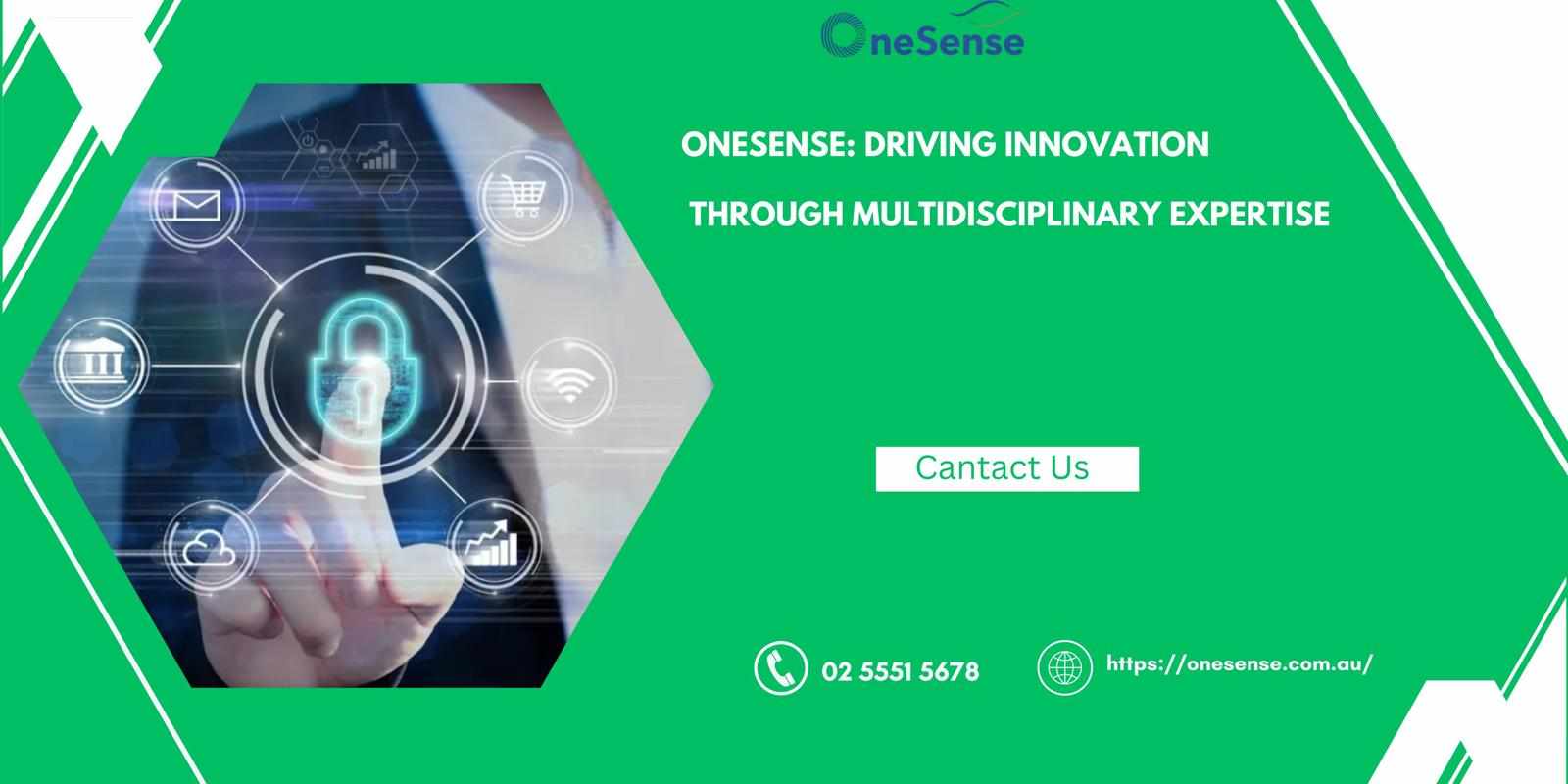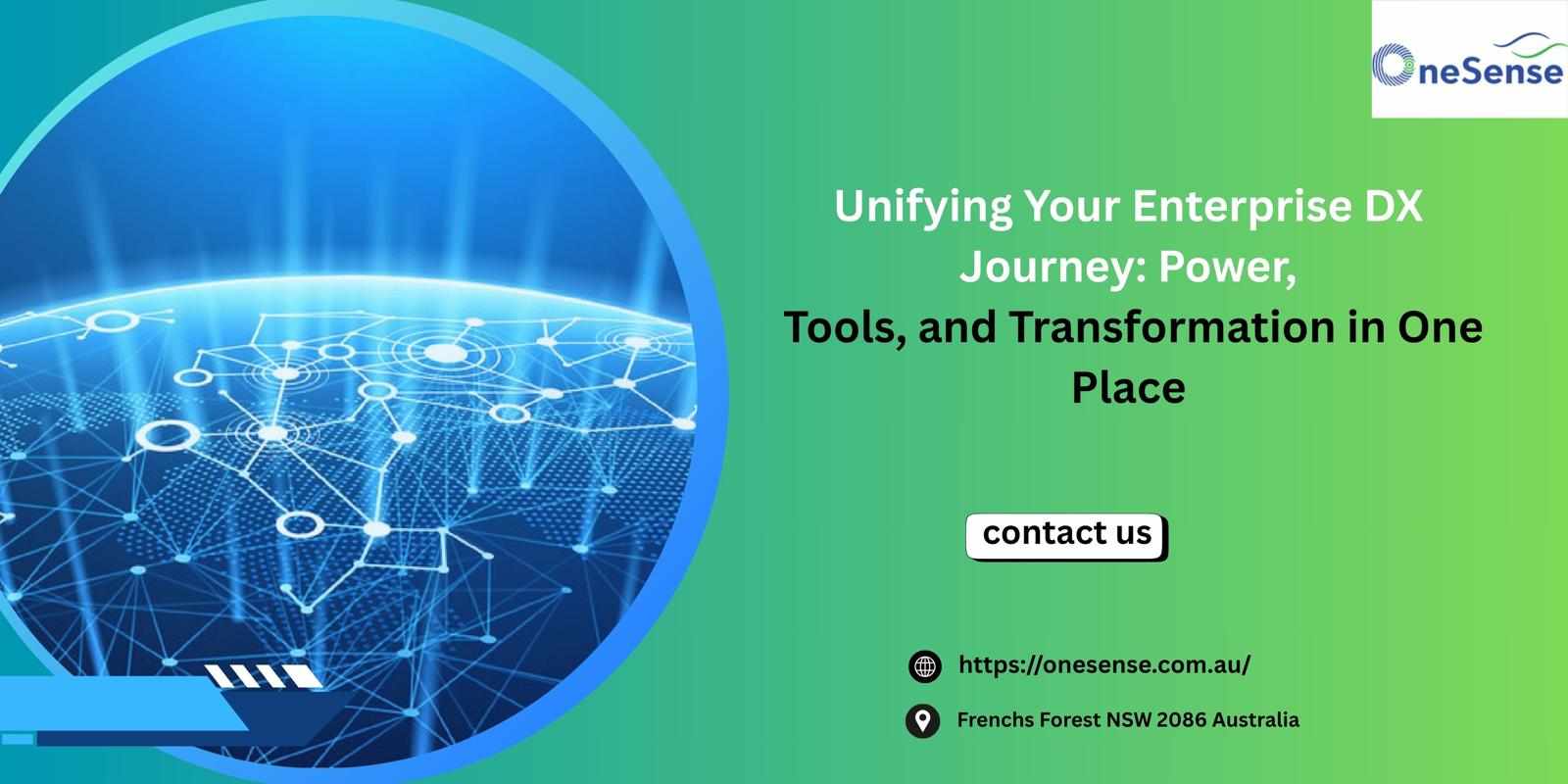
Summary
Cloud computing offers flexibility but brings security challenges. Using cloud security as a service and strong cloud security management ensures data protection, compliance, and resilience in modern digital environments.
Introduction
In today’s hyper-connected digital world, cloud computing has emerged as a transformative force for businesses of all sizes. Offering flexibility, scalability, and cost efficiency, the cloud enables organizations to innovate faster and operate more efficiently. But as adoption grows, so does the complexity of securing cloud environments. The convergence of cloud computing and security is no longer optional—it’s a business imperative.
This blog explores how cloud security is evolving, what threats organizations face, and how solutions like cloud security as a service and effective cloud security management can help mitigate risks in a dynamic landscape.
Understanding Cloud Computing and Security
Cloud computing refers to the delivery of computing services—including servers, storage, databases, networking, software, analytics, and intelligence—over the internet, or “the cloud.” It removes the need for owning and maintaining physical infrastructure, allowing businesses to pay only for what they use.
However, with these benefits come security challenges. Cloud computing and security are closely linked because as businesses migrate data and operations to the cloud, the threat landscape expands. Data breaches, misconfigurations, unauthorized access, and insecure APIs are just a few of the many risks facing cloud environments.
The responsibility for security in the cloud is shared between the cloud service provider and the customer. This model, known as the shared responsibility model, clarifies which elements the provider secures (like the infrastructure) and which elements the customer must protect (like data and user access). Yet, many businesses fail to fully understand or implement their part of this model.
Key Security Challenges in Cloud Environments
1. Data Breaches
Cloud environments often contain sensitive data including financial records, customer information, and intellectual property. Without proper safeguards, this data is vulnerable to exposure or theft.
2. Misconfigurations
One of the leading causes of cloud breaches is misconfigured cloud settings, such as improperly secured storage buckets or overly permissive user roles.
3. Identity and Access Management (IAM) Issues
Weak IAM policies or lack of multi-factor authentication (MFA) can result in unauthorized access to critical systems.
4. Insecure Interfaces and APIs
Since APIs serve as the gateway to cloud services, poor API security can give attackers direct access to systems.
5. Insider Threats
Employees, contractors, or partners with legitimate access can misuse data either intentionally or through negligence.
What Is Cloud Security as a Service?
To tackle these challenges, many businesses are turning to cloud security as a service (CSaaS). This model delivers cloud-based security solutions on a subscription basis. Instead of building in-house security systems, companies can leverage third-party services that specialize in securing cloud environments.
Key Benefits of Cloud Security as a Service:
Scalability: Easily scales with your business, adapting to increasing workloads or growing infrastructure.
Cost-Effective: Reduces capital expenses by replacing expensive hardware with pay-as-you-go security models.
Access to Advanced Tools: Provides access to tools like intrusion detection, data encryption, compliance monitoring, and threat intelligence without the need to develop them internally.
Rapid Deployment: Quicker to implement than traditional security solutions, offering fast protection for rapidly changing environments.
Expert Management: Security providers bring expert knowledge and dedicated resources that businesses may lack in-house.
Implementing Effective Cloud Security Management
Strong cloud security management is essential for maintaining the integrity, availability, and confidentiality of your cloud resources. It’s an ongoing process that includes planning, implementing, and continuously monitoring security measures in the cloud.
Components of Cloud Security Management:
1. Governance and Policy Management
Establish clear cloud usage policies aligned with organizational and regulatory requirements. Define acceptable use, data handling procedures, and access protocols.
2. Identity and Access Control
Implement robust IAM policies with role-based access control (RBAC), least privilege principles, and MFA. Automate access provisioning and deprovisioning to reduce risk.
3. Data Protection and Encryption
Encrypt data both in transit and at rest. Use strong key management practices and ensure compliance with data privacy regulations like GDPR or HIPAA.
4. Threat Detection and Response
Deploy tools for real-time monitoring and anomaly detection. Integrate security incident and event management (SIEM) systems to collect, analyze, and respond to threats efficiently.
5. Compliance and Auditing
Continuously audit cloud configurations and usage. Automate compliance checks and generate reports to demonstrate adherence to standards such as ISO 27001, SOC 2, or PCI DSS.
6. Backup and Disaster Recovery
Ensure data is regularly backed up and test your disaster recovery plans. The goal is to restore systems quickly after a breach or system failure.
Best Practices for Strengthening Cloud Security
Adopt a Zero Trust Architecture
Never trust, always verify. Every user and device must be authenticated and authorized, regardless of location.
Train Employees
Cybersecurity awareness training reduces the risk of social engineering attacks like phishing.Use Vendor Security Assessments
Evaluate the security practices of your cloud providers. Understand their certifications, data protection policies, and response procedures.Automate Where Possible
Use automation for patch management, configuration enforcement, and threat response to minimize human error and improve efficiency.Segment Your Network
Network segmentation helps contain breaches by limiting how far attackers can move laterally through your cloud environment.
Cloud Security in the Future
As cloud environments become more complex—with hybrid, multi-cloud, and edge computing gaining traction—cloud security management must evolve in parallel. Automation, AI-driven threat detection, and tighter integration between cloud platforms and security tools will define the future of cloud defense.
In particular, cloud security as a service will become more integral to business operations. Instead of maintaining a large internal security team, businesses can rely on specialized service providers who constantly update their defenses based on emerging threats and technologies.
Also, regulatory pressure is likely to increase, especially around data privacy and cross-border data transfer. Organizations will need to maintain transparent and auditable security practices to remain compliant.
Conclusion
The intersection of cloud computing and security is one of the most critical areas in IT today. With increasing reliance on cloud services, organizations must take a proactive and strategic approach to protecting their digital assets.
Whether through in-house measures or through cloud security as a service, the goal remains the same: to ensure that data and operations in the cloud are secure, resilient, and compliant.
By investing in strong cloud security management practices, organizations not only protect their assets but also build trust with their customers, partners, and stakeholders. In a world where data is currency, security is your strongest defense.
FAQ
Q1. What is cloud computing?
Cloud computing is the delivery of computing services (such as servers, storage, databases, networking, software, analytics, and intelligence) over the internet (“the cloud”) to offer faster innovation, flexible resources, and economies of scale.
Q2. Why is cloud security important?
Cloud environments host sensitive data and critical business applications. Without strong security, organizations face risks like data breaches, service disruptions, and regulatory non-compliance.
Q3. What are the main types of cloud environments?
Public Cloud (e.g., AWS, Azure, GCP)
Private Cloud (dedicated infrastructure)
Hybrid Cloud (combination of public and private)
Multi-Cloud (using services from multiple cloud providers)
Q4. What are the major cloud security threats?
Data breaches
Misconfiguration
Insider threats
Account hijacking
Denial of Service (DoS) attacks
Insecure APIs
Q5. What is Security as a Service (SECaaS)?
SECaaS is a cloud-delivered model where security services (such as antivirus, identity management, intrusion detection, etc.) are provided on a subscription basis.
Q6. What are examples of SECaaS offerings?
Identity and Access Management (IAM)
Data Loss Prevention (DLP)
Web Security
Email Security
Security Information and Event Management (SIEM)
Network Security
Endpoint Protection


















Write a comment ...